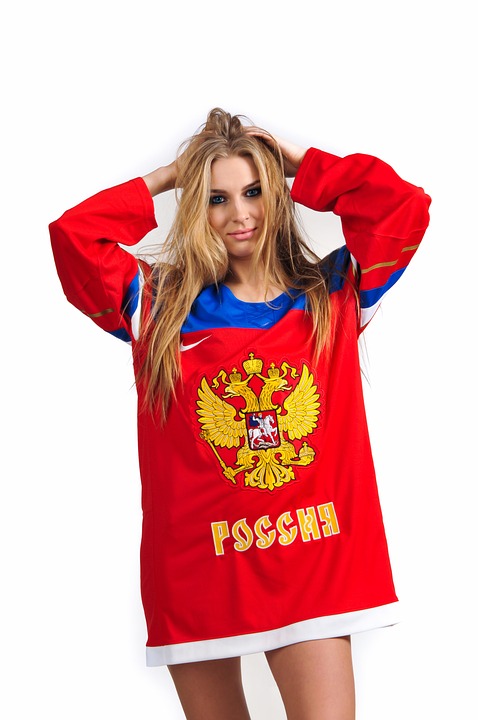Hockey is a game of skill, speed, and strategy. To win, each team must work together to overcome their opponents and score more goals. And while all players play an important role in achieving this goal, there’s no denying that the goalie is the most vital position on the ice. The goalie not only stops shots from the opposing team but also acts as the last line of defense to protect their own net. As such, mastering the position of a hockey goalie takes a unique set of skills, a whole lot of practice, and an unwavering focus on the game.
The History of the Hockey Goalie
The history of hockey goalies dates back to the early 1900s, when the position was first introduced to the game. Initially, goalies had no specialized equipment, and many players would take turns defending their team’s net. However, as hockey became more popular, and the game became faster and more dangerous, the need for a full-time goalie became apparent.
In the 1920s, the first specialized goalie equipment was introduced, including leg pads, gloves, and blockers. This equipment allowed goalies to better protect themselves and increased their ability to stop shots from the opposing team.
Over the years, goalie equipment has continued to evolve, with new technologies and materials making it easier for goalies to move around the net and make saves. Today, the position of a hockey goalie is considered one of the most important and challenging positions in all of sports.
The Skills Needed to Become a Master Goalie
Becoming a master goalie requires a unique combination of mental and physical skills. Goalies must be quick, agile, and have excellent reaction times. They must also have the mental fortitude to withstand the pressure of the game and make split-second decisions in high-pressure situations.
To be a successful goalie, you must also have a deep understanding of the game of hockey. This means understanding the plays and strategies that the opposing team is likely to use, as well as the positioning of your own team. To achieve this, goalies often study video footage of opposing teams and practice specific drills that simulate in-game situations.
Goalies must also possess a high level of hand-eye coordination, as they must be able to track the puck moving at high speeds while also keeping an eye on their opponents. This requires quick reflexes, sharp eyesight, and excellent depth perception, which can only be developed through hours of practice.
Mastering the Position: Tips and Strategies
While it’s challenging to become a master goalie, there are several tips and strategies that can help you improve your skills. Here are some of the most important:
1. Focus on the fundamentals: While it’s important to have flashy saves and highlight-reel moments, mastering the position of a hockey goalie requires mastering the fundamentals. This means focusing on the basics, such as positioning, footwork, and stick control.
2. Develop a routine: Like many elite athletes, the best goalies have a pre-game routine that helps them prepare mentally for the game. This could include visualization exercises, breathing techniques, or stretching routines.
3. Play your angles: A common mistake for new goalies is not understanding how to play their angles. This means positioning yourself in the best spot to make a save, rather than reacting to the puck’s movement.
4. Control your rebounds: One of the key responsibilities of a goalie is to control rebounds. This means being able to catch and hold onto the puck rather than allowing it to bounce back out into the playing area. In addition to preventing the opposing team from scoring, controlling rebounds also helps your own team maintain possession.
5. Work on your communication skills: As a goalie, you’re the last line of defense. This means you’re in a position to see the entire game and communicate with your teammates about what’s happening on the ice. Therefore, it’s essential to develop strong communication skills to keep your team informed and coordinated.
In conclusion, mastering the position of a hockey goalie requires a unique combination of skills, experience, and mental fortitude. With dedication and practice, however, anyone can become a great goalie and help their team achieve success on the ice. From studying your opponents’ plays to controlling rebounds and playing your angles, working on the fundamentals and focusing on the details will make you an unstoppable force in net.

